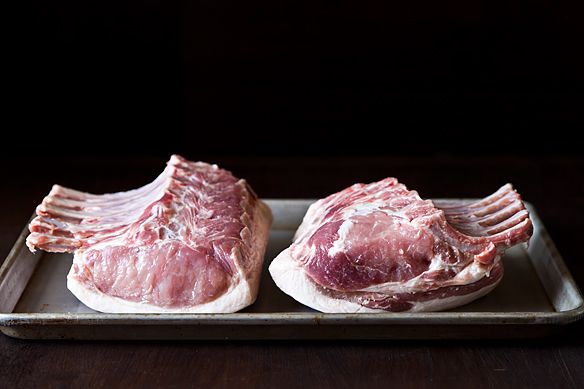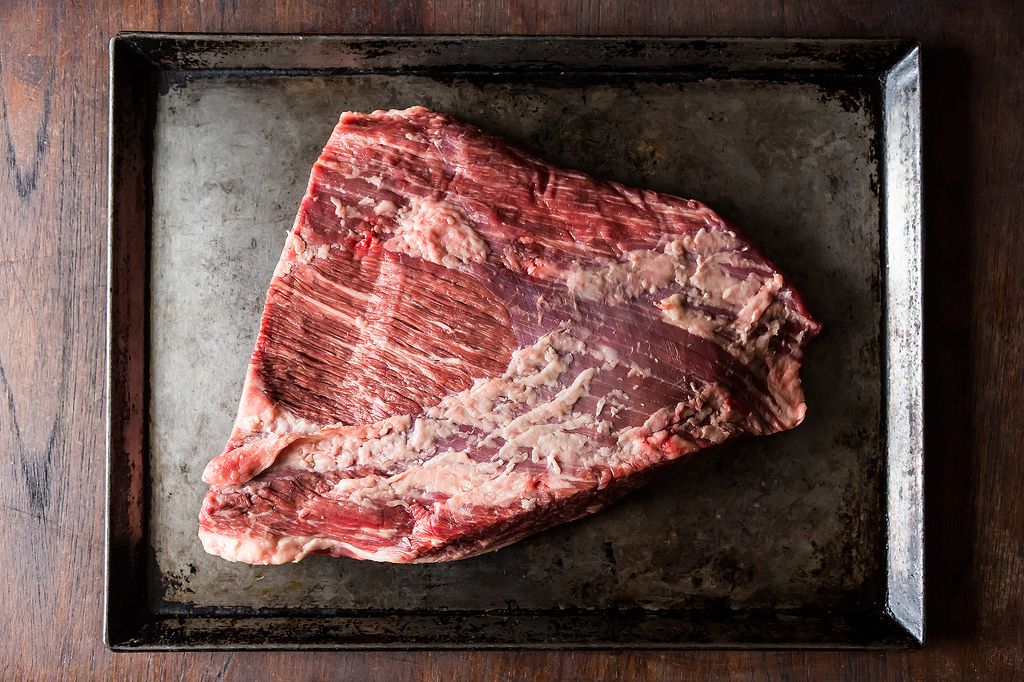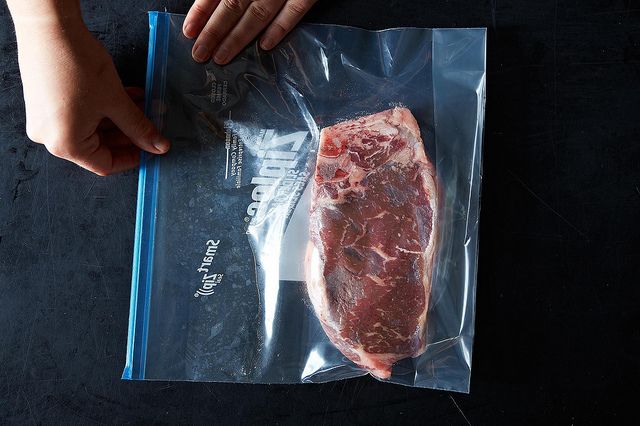
It's here: Our game-changing guide to everyone's favorite room in the house. Your Do-Anything Kitchen gathers the smartest ideas and savviest tricks—from our community, test kitchen, and cooks we love—to help transform your space into its best self.
Grab your copyPopular on Food52
Continue After Advertisement
8 Comments
Jade B.
December 27, 2016
Thank you for informing me about how to choose the freshest meat. I did not know that freshness in meat means a lack of oxidation. It is good to recall that red meat has been more exposed to air. Something to think about would be to buy meet from a provider who has packaged it correctly. http://minimartmeat.com/
John D.
October 28, 2016
For the inner seaI, I use produce bags. Suck out the air with juice box straw and tie the end. It's cost efficient and they seal better than zip lock bags.
iamadesertcreature
July 12, 2013
If you are worried about air in your ziploc but don't want to spring for a vacuum, try immersing the bag in water with the top slightly open. The water will squeeze out more air than you could do with just your hands.
thirschfeld
July 9, 2013
I never store meat in plastic once it comes out of the cryovac unless I am going to freeze it and then there is no point in taking it out of the cryovac. If you wrap it in plastic it turns brown and holds in moisture which causes bacterial growth. Let the air circulate around it by putting it on a cooling rack set over a sheet tray.
darksideofthespoon
July 9, 2013
This is part of the reason I like to grind my own beef. I hate opening a bright red package and finding the insides are brown.
Sekkyo
July 9, 2013
http://www.amazon.com/Ziploc-Vacuum-Starter-3-Quart-1-Pump/dp/B003UEMFUG is the cheapest, best for your dollar vacuum and sous vide bag solution around. So glad I went with this instead of investing in any system.
AntoniaJames
July 9, 2013
Thank you so much for this link, Sekkyo! It would be an engineer, wouldn't it, to share such a good solution? I am definitely going to check this out . . . I am increasingly disheartened by the environmental impact of the pervasive and thoughtless single-use practices involving plastic storage products. This solution seems perfect for storing in the freezer (and fridge) the paper-wrapped products I get from the butcher shop. ;o)






See what other Food52 readers are saying.